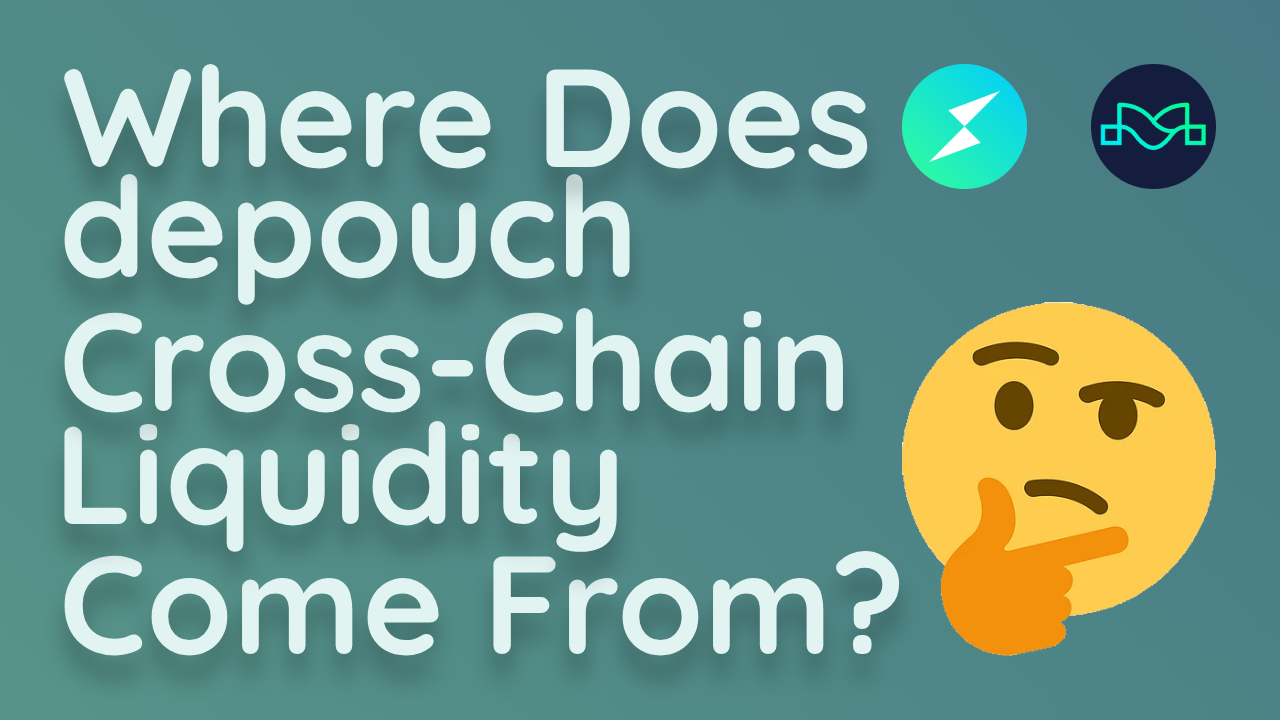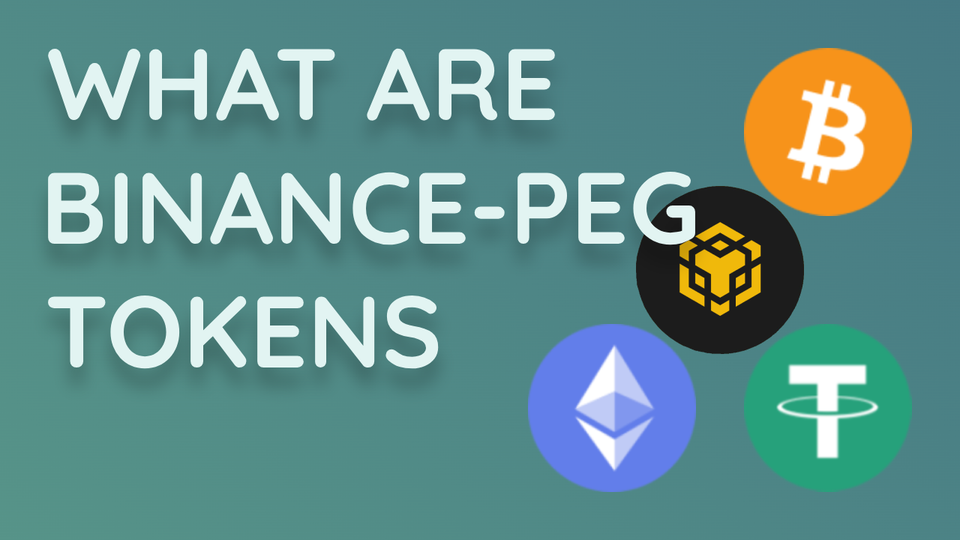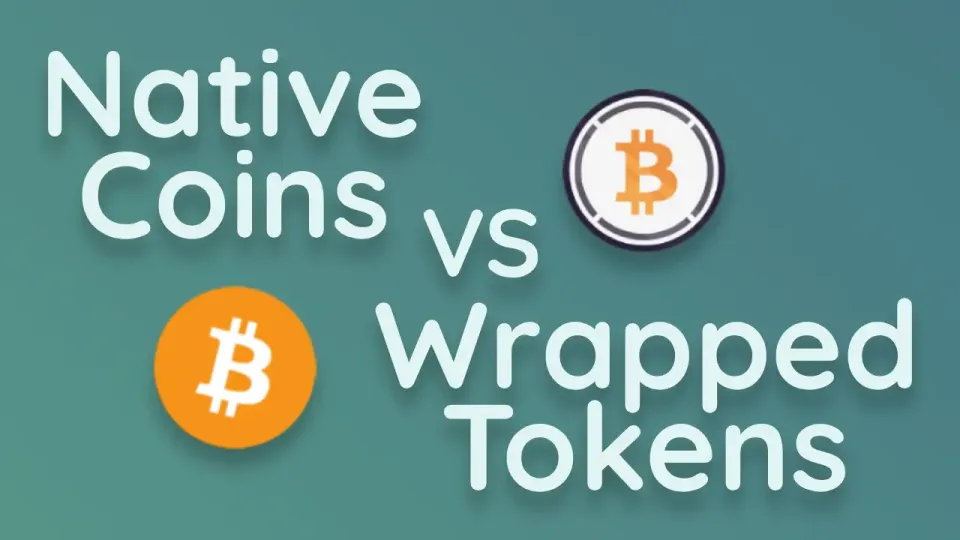Where Does depouch Cross-Chain Liquidity Come From?
In today's DeFi (decentralized finance) landspace, you would probably like to know where the liquidity comes from. So where does depouch's DEX liquidity come from?

The answer is quite simple since we rely on two established cross-chain protocols: THORChain and Maya Protocol. They have both shown to deliver permissionless, native asset swaps that is secure and seamless acting as pillers in the cross-chain liquidity source landscape.
Both of these underlying protocols have years of proven, stable operation for the cross-chain AMM (DEX) and thereby providing a foundation that allows you to move your assets across chains without the constant worry of bridges, wrapped tokens, or centralized exchanges and custodians.
THORChain: The Pioneer
THORChain is often the primary protocol driving our cross-chain capabilities. It was the pioneer that cracked the code on true native-to-native swaps, allowing you to trade cryptocurrencies like Bitcoin (BTC) directly for Ethereum (ETH) without a custodial solution.
- Decentralized Security: Both protocols employ a liquidity-bonded security model that forms a virtuous economic cycle. The network’s security is backed by bonded RUNE (the native token on THORChain) and is directly tied to the depth of its liquidity. Validators must bond more than the total pooled value, ensuring that as liquidity expands, the economic cost of attacking the network rises accordingly. This creates a self-balancing, incentive-driven system where security and liquidity scale together.
- Unmatched Reach: THORChain and Maya Protocol together enable native swaps across major blockchains. They power decentralized trading turning operations like converting WBTC to native BTC into simple user actions on depouch.
Maya Protocol: The Friendly Fork
While THORChain was the first, Maya Protocol offers other coins and backup quotes for swaps. Maya Protocol is a friendly fork of THORChain that serves the same purpose, but does include coins not found on THORChain and vice versa. As a friendly fork of THORChain, Maya functions as a dedicated, cross-chain Automated Market Maker (AMM) and a critical alternative liquidity provider.
The two protocols each serve a useful purpose where depouch let you choose what protocol to use (if possible) to give you freedom of choice, but as default we pick the best route for you.
- Redundancy: If one cross-chain protocol experiences a problem, the other can act as a backup, ensuring continuous operation and preventing downtime (at least for the coins where they overlap).
- Contribution: Maya contributes new ideas, such as its design where nodes bond its settlement cryptocurrency, CACAO (the native token on MAYAChain), directly into liquidity pools to maximize capital efficiency.
A Unified Front
THORChain and Maya are not rivals; they are allies. Their combined strength is focused on competing against centralized exchanges (CEXs).
By integrating both THORChain and Maya Protocol as liquidity sources, depouch offers a wide support for many blockchain ecosystems cryptocurrency and tokens. Allowing depouch DEX to be a powerful, safe and user friendly on-chain trading experience with no KYC or registration required.
Every single cross-chain trade you make is recorded directly on the blockchain, with the memo field detailing the transaction (memoless transactions are coming soon). You can always track your crypto trade every step of the way on our transaction list on the swap page or a block explorer.
Our commitment on depouch is on user simplicity making sure swapping cryptocurrencies is super simple and safe for everyone.
depouch - experience financial freedom

